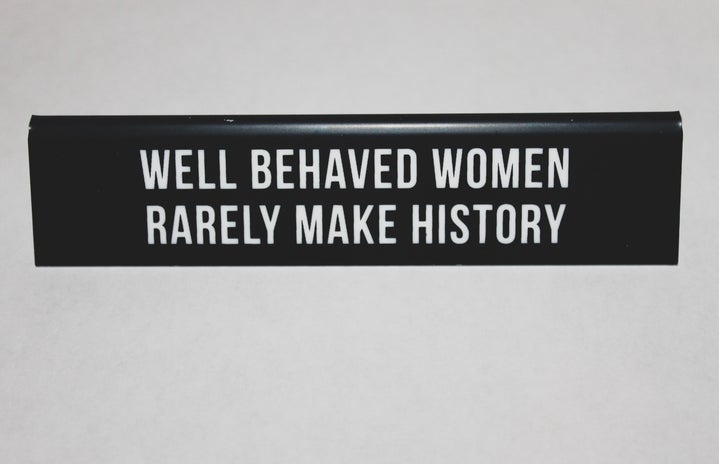Video games are harmless, right? Wrong. Even though video games may seem fun and innocent, they are actually guilty of perpetuating a lot of sexist ideas. As in all other forms of modern media, such as movies and television, the presence of female characters in video games is extremely limited. Not only are women underrepresented and sexualized in this medium, their characters often lack depth and diversity. They play limited, secondary roles in most plots, or appear just to act as eye-candy. This is an extremely problematic characterization for a number of reasons I will discuss within this article, and marks an area in need of significant development in the video game industry.
In modern media and entertainment there are two popular archetypes for female characters: the damsel in distress and the warrior. Where the damsel is sweet, innocent, and subservient—a characterization that is problematic for both its unoriginality and conformance to normative gender roles—the warrior is strong, unemotional, and sensual. The warrior archetype is problematic for an entirely different reason; not only do they lack depth like the damsels, they are often hyper-sexualized.
Female warriors can be found all over the modern entertainment industry. They are fairly easy to identify, as their character designs are fairly uniform. Tall, slim, busty, and wearing battle armor that really doesn’t cover much at all; they represent an unrealistic and damaging fantasy of the perfect female body. It is unsurprising that so many young girls develop eating disorders when you consider the hyper-sexualized images they are bombarded with practically since birth. If you are always comparing yourself to the women in magazines, games and cartoons, it is hard to ever feel beautiful.
In response to criticism such as this, game makers would probably respond that they are marketing games to a predominantly male demographic. In reality, however, they are overlooking a growing percentage of their audience. In 2013 over 45% of all video gamers in the United States were female. Since then, the number of women and girls playing video games has continued to rise. Logically, since half the players are female, it would make sense for game makers, who should want their audience to feel included, to level out the ratio of female to male characters and to design characters with more realistic proportions. Why, then, is female representation still such a large issue?
One possible answer to this question lies in the idea of gender roles. Ever since video games were created, society has viewed them as a primarily male pastime. As a result, female players are often ostracized and refused access to major gaming circles by men—take, for example, the Gamergate controversy, in which male players threatened and harassed prominent women in the video game industry. Because female gamers are not taken seriously, their opinions are often overlooked by game developers. Thus, games are designed to cater to male fantasies (i.e. big, strong men run around fighting other big, strong men, waving guns or swords in the air as beautiful, big-breasted women root them on).
There are, of course, exceptions. There are games where women are the main protagonists, and there are games in which female body proportions are actually realistic. Take for instance, the Last of Us or Resident Evil, both of which star strong female characters. A couple of decent games, however, does not fix the issue of representation. The fact that representation is still a problem reveals that sexism is still a relevant topic in today’s society. It also shows that entertainment industries have a long way to go before their content reflects gender equality.


